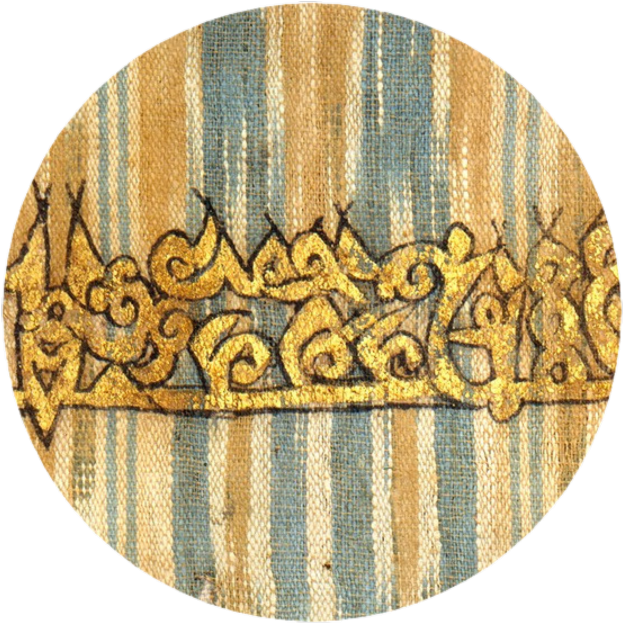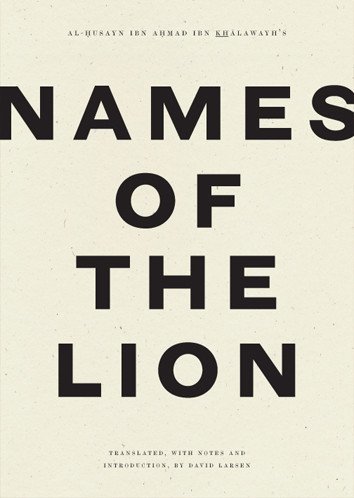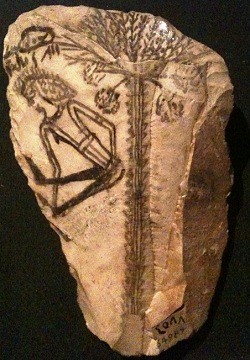"Bookmen" [al-kutubiyyūn] were those who specialized in the sale of books, some of whom also did their own copying by hand. Among those who gained fame in this type of work were Jamal al-Din ibn Muhammad ibn Ibrahim ibn Yahya, known as al-Watwat ["The Bat"], Muhammad ibn Ahmad al-Dimashqi, and the poet Ibn Sham‘un al-Kutubi. In Damascus, Muhammad ibn Shakir al-Darani al-Dimashqi was renowned. And there were many other bookmen of this class.
By itself, "the bookmen" was generally used without the word sūq to designate the book market. We find this usage in [al-Dhahabi's] text describing the events of 279 A.H./892 CE when, on assuming the caliphate, Abu 'l-‘Abbas al-Mu‘tadid ibn al-Muwaffaq forbade the sale of philosophical texts: "In that year, Abu 'l-‘Abbas banned the story-tellers and astrologers, and ordered the bookmen to stop selling works of philosophy and dialectic."
With the invention of paper, the markets and shops of stationers and bookmen became conspicuous throughout the Islamic world, and those who practiced the stationer's trade became a prominent class in society. Ibn Khaldun described them as "those who busy themselves with copying and correcting and bookbinding and other matters relating to books," mainly their traffic and sale. Scores of shops began to sell not only books, but the materials necessary for their manufacture, such as paper, ink, and writing implements - the most decisive indicator of the book trade's prevalence. For these had become indispensable to students and the learned alike, who copied what they needed out of books in addition to buying them in great numbers from the stationers' markets.
These shops began to spread through the urban centers of Islam, taking hold to the point that some parts of Arab cities became known as "the district of the bookmen" (or "books" or "stationers"). In Baghdad, seat of the Abbasid caliphate, stationers' markets appeared all over, but only one was known as "the stationers' district." This was a large area containing a large number of shops specializing in the sale of books - one hundred of them in the vicinity of the Basra Gate alone. Ibn Nadim gives evidence of one such market in his remarks on Ahmad ibn Abi Tahir: "The son of Khorasani parents, he used to sit in the stationers' market in the southeastern part of Baghdad." Another booksellers' district of renown was in the area around the Archway of al-Harrani, on the western side of the new bridge. It is mentioned that on the death of Ja‘far ibn Ahmad al-Marwazi in 274/888, "his books were taken to Baghdad and sold by the Archway of al-Harrani." And Abu 'l-Qasim al-Harith ibn ‘Ali, a stationer of Baghdad, is said to have sold and copied books for people in the western neighborhood of Qasr Waddah.
The stationers and bookmen's markets of Cairo are known from the description of al-Maqrizi: "To the best of my knowledge, the market between El Sagha and the madrasa of al-Malik al-Salih emerged around the year 700/1300, in the neighborhood of the mosque-hospital of al-Mansur Qalawun.... For a time, the book market was moved from this location to a roofed esplanade between the poultry market and the market of the mat-weavers, by the anointed pillar of the Grey Mosque. A number of the district's inhabitants joined in the raising of the roof, but the dampness of their cellars proved detrimental to books and some were ruined. So the market was removed to its current location, which is still a habitual gathering place for scholarly types."
"There used to be a book market in Fustat, on the eastern side of the mosque of ‘Amr ibn al-‘As, next to ‘Amr's house in the chandlers' quarter. Its vestiges were still there when I visited in 780/1378, but have since been swept away, and its onetime location is no longer common knowledge."
From The Traffic in Manuscripts by Dr. Abed Suleiman al-Mashwakhi (Cairo: Institute of Arabic Manuscripts, 2011)






